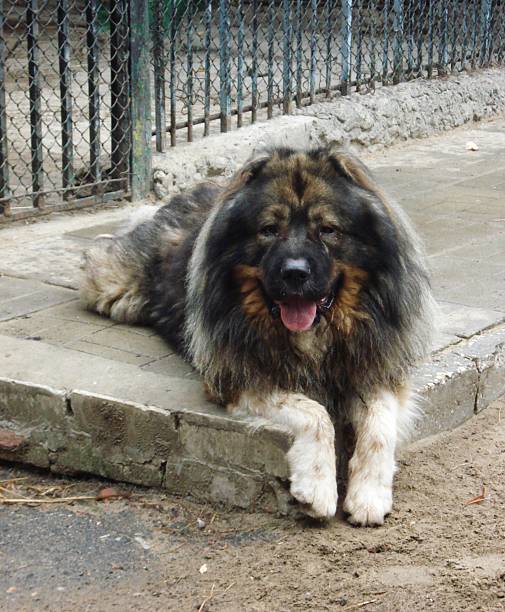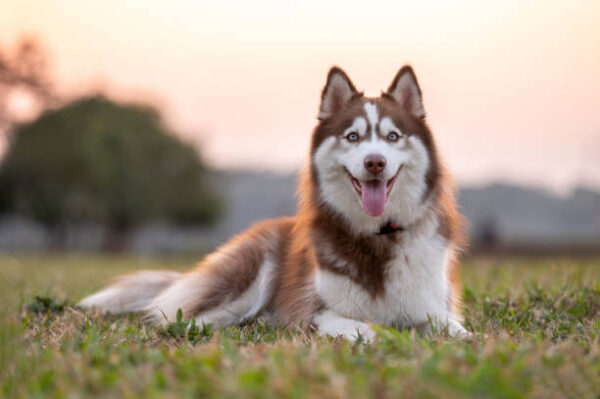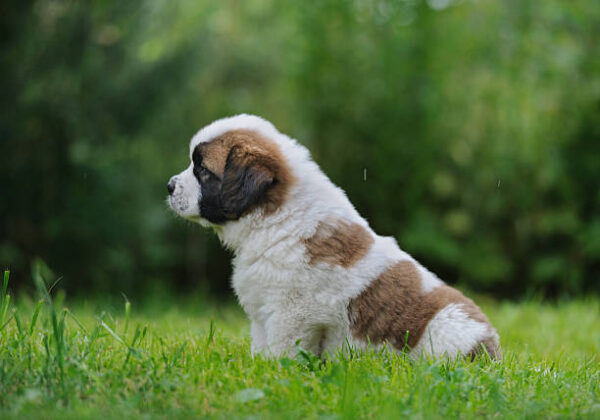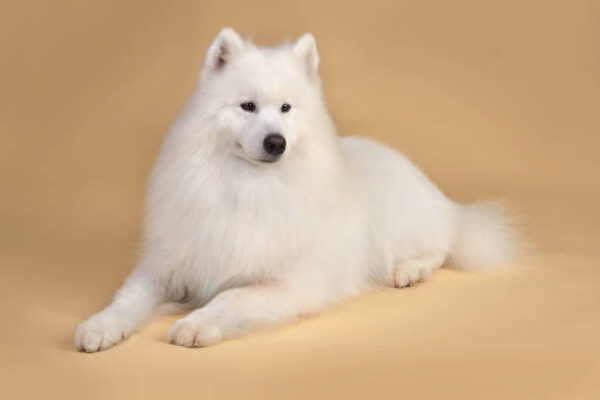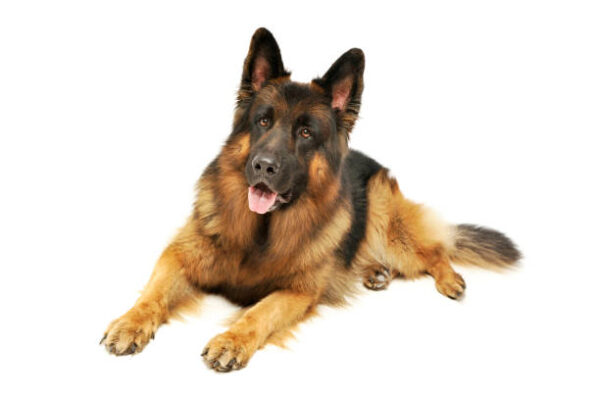Your cart is currently empty!
Entlebucher Mountain Dog
Entlebucher Mountain Dog The Entlebucher Mountain Dog is the smallest of the four breeds of Swiss Mountain Dog. He carries the same tricolour coat pattern, but his coat is close fitting and dense. His tail may be long or naturally bobbed. He was traditionally used as a herding dog bringing the cows down from the […]
Description
Entlebucher Mountain Dog
The Entlebucher Mountain Dog is the smallest of the four breeds of Swiss Mountain Dog. He carries the same tricolour coat pattern, but his coat is close fitting and dense. His tail may be long or naturally bobbed. He was traditionally used as a herding dog bringing the cows down from the mountain pastures.
He takes his name from the Entlebuch Valley in Switzerland and was first recognised as a separate breed in 1923 with the first Standard published in 1927.
General appearance of Entlebucher Mountain Dog
Tricoloured. Medium sized Swiss herding dog. Solidly built, longer than high.
Characteristics of Entlebucher Mountain Dog
Agile, alert, clever, high spirited.
Temperament of Entlebucher Mountain Dog
Self assured and fearless. Good natured, devoted to family but may be slightly suspicious of strangers.
Head and skull
Head in proportion to body, clean and slightly wedge shaped. Length of muzzle slightly shorter than length of skull. Planes of muzzle and skull almost parallel. Skull flat, broadest between ears, tapering gently towards the muzzle. Slight furrow and stop without prominent occiput. Lips close fitting with black pigmentation. Prominent, black nose.
Eyes
Medium sized, round, dark brown to hazel, well-fitting eyelids, eye rims black, lively expression.
Ears
Set on high. Medium sized, pendulous, triangular in shape, relatively wide at base, well rounded at tip. Lying flat in repose. When alert slightly raised and brought forward.
Mouth
Jaws strong with a perfect, regular and complete scissor bite. Level bite tolerated.
Neck
Moderate length, muscular, strong and clean, merging smoothly into shoulders.
Forequarters
Shoulders long, strong, sloping and well muscled, forming a distinct angle with upper arm which appears approximately equal in length to shoulder. Elbows set close to body and positioned vertically below withers. Forearm well boned, straight when viewed from all sides. Slight slope to relatively short pastern.
Body
Length from point of shoulder to point of buttock slightly greater than height at withers. Forechest well developed. Broad, oval chest, well-sprung ribs with brisket reaching at least to the elbow, with slight tuck up to underline. Back strong, level with broad, well-muscled loin.
Hindquarters
Croup long, broad and gently sloping. Well developed first and second thigh with moderate bend of stifle. Hock joint strong and distinctly angulated. Hocks well let down. Viewed from behind, legs not too close together, straight and parallel.
Feet
Round and compact with well-arched toes, turning neither in nor out. Pads thick and strong.
Tail
Set on of tail follows the line of the gently sloping croup, or natural bobtail, both equally acceptable, hanging straight down when at rest, never kinked. In motion or when alert can be elevated but not curled over the back. Ring tail highly undesirable.
Gait/movement
Free, easy movement with good drive from the hindquarters.
Coat
Double coated. Topcoat short, close fitting, harsh and shiny, dense undercoat. Slight wavy hair on withers and/or back tolerated but not desirable.
Colour
Tricolour, predominant colour black, with symmetrical tan markings and clean white markings.
Tan markings: above the eyes, on cheeks, muzzle, throat, either side of chest and on all four legs. Tan markings on the legs are between the black and the white.
White markings: a distinct blaze which runs without break from top of head over bridge of nose, wholly or partially covering muzzle from under jaw to chest. White on all four feet. On full length tail a white tip is desirable. Small white patch on nape of neck is undesirable but tolerated.
Size
Ideal height at withers: dogs 44-50 cms (17½-19¾ ins); bitches 42-48 cms (16½-19 ins). An upper size tolerance of 2 cms (¾ in) acceptable.
Faults of Entlebucher Mountain Dog
Any departure from the foregoing points should be considered a fault and the seriousness with which the fault should be regarded should be in exact proportion to its degree and its effect upon the health and welfare of the dog and on the dogs ability to perform its traditional work.
Note
Male animals should have two apparently normal testicles fully descended into the scrotum.

